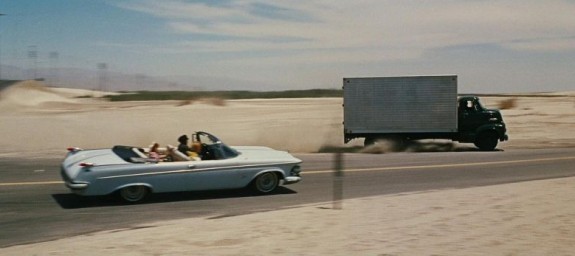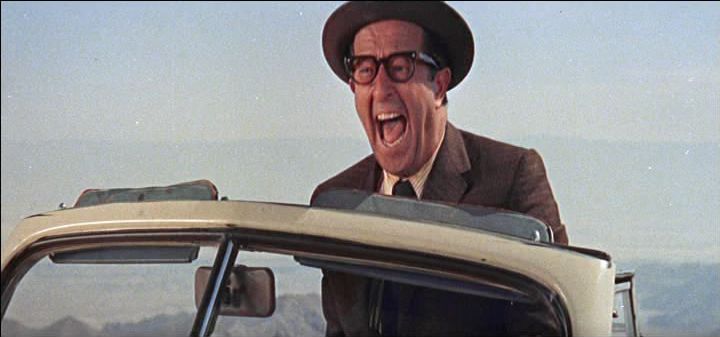In classic movies, you will often find the Conga, the Mambo, and the Waltz are each treated differently in the story. Each is almost like its own movie character. Each dance has its own reputation in the universe of classic movies (up to the mid-1960s) which makes their use interesting.
CONGA The Conga, a Cuban carnival march, is a treat to see. Three steps and a kick showcase unbridled fun in the movies. Often it's shown in the Conga Line. Each dancer grabs the waist of the person in front of him or her and walks in a line to the rhythm.
The Conga is presented as your best buddy and the life of the party. You might not dance it well, but the Conga doesn't care. Just have fun!
Strike Up the Band (1940)
Judy Garland and Mickey Rooney choose "1-2-3- Boom" as their count to the Conga in
Strike Up the Band (1940).
This dance is used to display the youth and vitality of the stars. The lyrics refer to this as a new dance, but it had been around for a while; it was simply new to U.S. mainstream pop culture at the time. The fact that the two young people know the Conga emphasizes their modernity.
It Started with Eve (1941)
This film uses the energetic Conga to show the health improvement of an older man (Charles Laughton), a man who was lately on his sickbed. Who teaches him the "new" dance? The woman he hopes will become his daughter-in-law - Anne (Deanna Durbin). She's a good match for this family and these two seal their friendship with the Conga.
Ball of Fire (1942)
"DA da DA da DA BOOM. DA da DA da DA BOOM.," is how Sugarpuss O'Shay (Barbara Stanwyck) counts out
the Conga in Ball of Fire (1942). The burlesque dancer teaches stodgy old professors how to get with it, how to jump into the 20th century with both feet. The Conga Line seems to be the perfect choice. The steps are not intricate; you can mess up and no one will care. (At least in the movies.)
My Sister Eileen (1955)
My Sister Eileen (1955) ends with a Conga Line of people that starts when the Cuban Navy, on leave in New York, would like a little fun. They end up near the main characters' apartment. It's a quirky ending that puts all the wacky Greenwich Village characters together for the finale.
In a home office or out on the street, the Conga in classic movies is used to show likeable people having fun with abandon.MAMBOAs with the Conga, Cuba is the place of origin for the quick-paced, and relatively complicated
Mambo. The dance was invented in the 1940s by Perez Prado to accompany the music which had come about ten years earlier.
The Mambo is the peacock in the room. He will outstrip you with his flourish and spectacle. Just get out of the way, you'll be fine.
Because some movie characters can't do the Mambo, this leads to resentment. Consequently, the Mambo is used to show division in a movie. It's sometimes used to emphasize a character's competitive nature.
Teacher's Pet (1958)
Jim (Clark Gable), an old-fashioned, rough-hewn newspaper editor who graduated from the school of hard knocks, must sit out this dance. He has taken his counterpart -the journalism professor, fresh-faced Erica (Doris Day), who represents a new way of communicating news- to the floor for a slow Foxtrot.
When the band quits the slow tempo and picks up the pace with a cacophony of percussion, Jim is lost. Erica proclaims, "It's the Mambo!" Jim doesn't know that dance.
So here he is at the table, contemplating Erica and her new dance partner, another professor, Dr. Pine (Gig Young), who seems to know everything, including the Mambo. Jim is in stiff competition with this guy, who is besting him in everything, including romance.
The Mambo is just another way to make a distinction between Jim's hardscrabble, boot-strapping reality and Erica's and Dr. Pine's easy, breezy, erudite world of theory.
The Mambo conquers another square.
Phffft!(1954)
A divorced couple (Jack Lemmon and Judy Holliday) want gaiety and excitement in their new lives. They each trot down to Arthur Murray's dance studio for classes in the latest terpsichorean craze, neither knowing the other has the same idea..
Later, the ex-spouses accidentally show up to the same nightclub. They are so angry with each other they show off their new skills with a dance-off to a Mambo, pushing the other dancers off the floor with their antics. They make fools of themselves.
In the movies, knowing the Mambo is a sign of sophistication and worldliness, a sign that one has improved himself/herself. But in this case, they do it so poorly, even the audience in the film laughs.
West Side Story (1961)
It's the big dance at the gym. Rival gangs dance out their frustrations. Finally they can't take the tension anymore. They challenge each other to the ultimate face-off -Mambo!
We'll see who's the most hep, Daddy-o! The Mambo is crazy cool until it gets hot. [Insert your own badly-mangled, mid-20th century slang here.]
Does this challenge settle anything? No. But it looks pretty.
The beautiful Mambo's relatively complicated, fast-paced steps make this dance the weapon of choice in classic movies for deciding who's the most up-to-date.WALTZThere was a lot of group dancing for "respectable" people, and then came the Waltz. This one-on-one public dance- was a scandal in the early 1800s. Banned by all "decent" people for being too intimate.
A couple twirls tog
ether. 1-2-3, 1-2-3 (strong accent on 1), and a box step in three-quarter time. So beautiful, especially with the voluminous fabrics that people wore at the time, swirling with the dancers.
As the 20th century slowly turned, so did the Waltz. It turned from too new to too old; too brazen to too square. You could still request the Waltz at a dance during the classic movie era, but it was the stuff of nostalgia by the 1920s, something your grandparents might have preferred to show how modern they were.
Because of its advanced age at the time of this new industry called moving pictures, the Waltz tends to be brushed aside in classic movies, or otherwise displayed in mothballs. In classic movies, the Waltz is like your great-great-aunt Agatha who's nice and everything, but you've got nothing in common with her, except you exist on the same planet.
The Big Broadcast of 1938 (1938)
There is a big, fantastic production number devoted to the Waltz in
The Big Broadcast of 1938. It's a history of Western dance, really, which recounts the idea that other dances may be fads, but people still dance the Waltz.
"The Waltz lives on," Shirley Ross sings. Though it is respectful of the dance, the song is like when you hear that someone is "still alive." It's slightly cringe-inducing. There is the implication that the dance is not long for this world. They might pull the plug at any moment, but, for now, that old Waltz is still hanging in there.
It's a great number, though.
Anchors Aweigh (1945)
Going to the dance floor with Kathryn Grayson, Frank Sinatra seizes up in
Anchors Aweigh . The band has changed the tempo. He apologizes, "I only know how to Waltz...."
They return to the table where Gene Kelly -playing a "wolf," a guy who knows how to seduce women- takes the lady back to the floor. She's swept off her feet by his charm.
Sinata goes back to the table to contemplate a male peacock on the dance floor who knows the new "exotic" dances. In movies set in the modern day, the Waltz is for schlubs, for a young guy who cannot function in society.
Harvey Girls (1946)
When a Waltz is shown in a period piece, the movies sometimes take a break from ridiculing the dance. It's there to show you how far back in time these characters live.
In the
Harvey Girls, women from all over the U.S. are waitresses in the Wild West for the Fred Harvey restaurants. They bring something new to the cowboys by showing them a dance which is announced as the one "where the fella puts his arms around the lady's waist." Everyone gets excited over this possibility.
Here, the Waltz tells you the time frame of the story. It also gives the audience a chuckle that the prospect of not dancing in a group is so thrillingly new.
An American in Paris (1951)
George and Ira Gershwin's song "By Strauss" is a tribute to and a mocking of the Waltz, written in 1936. The song makes an appearance years later when Georges Guetary, Oscar Levant and Gene Kelly sing it in
An American in Paris. They lean heavily on the mocking. According to movies in the 1950s, the waltz is out.
Talking about the rather stiff, traditional fellow that Georges Guetary plays:
Kelly: He doesn't like Jazz?
Levant: He's against it.
Kelly: What else is there?
Levant: I know what he likes. He's strictly a three-quarter man.
In a classic movie set in the modern day, the Waltz is often compared to some other form of music or dance; it cannot stand by itself and/or cannot be presented without derision.
And who demonstrates the Waltz as they are yucking it up? A random lady of a certain age. This is the only time they give the least bit of dignity to it; that's more out of respect for the lady than the dance. The Waltz was in mothballs by the 1950s, and they didn't mind saying so.
Flower Drum Song (1961)
There is a party at Mr.Wan's house. The guests perform many popular dances in the U.S., including a Hoe-Down. The Waltz is also mentioned. After this, the dance announcer yells, "Everybody, have a ball!" Then soon comes modern dance as performed by the teenaged son (Patrick Adiarte) and his friends.
Here, the Waltz is a charming old dance for sophisticated grown-ups that is contrasted with, and must make way for, something newer.
The Happiest Millionaire (1967)
It's the 1910s and Cordelia (Lesley Ann Warren) is growing up. She wants to be like all the other girls and know the latest dances.
"The Waltz is for old people," Cordelia exclaims, repeating her father's words earlier. (Her boxing-enthusiast father prefers a lively jig for the exercise.) This declaration comes on the heels of a fun number, "Bye-Yum-Pum-Pum," which rehearses the merits of slinking around to "shocking," modern, sensuous music -the Tango.
Our heroine echos not only the thoughts of young people of the early 20th century, but also that of the audience for this movie in the 1960s. Again, the Waltz is contrasted with something different, compared unfavorably with something newer in pop culture.
But Disney Studios does not leave this dance defeated. The Waltz makes an awesome comeback. It punches up from the floor and knocks Cordelia out with its grace and poise. She's practically floating on air with Angier (John Davidson) as they fall in love while dancing -gasp!- that old 19th century relic, the Waltz.
The dance regains its dignity. Thank you, Disney.
Though the Waltz is often used in classic movies to mock a character or era for being old fashioned, the gentility of the form turns the mood to one of harmless nostalgia.-------------------------------------------------------------
Classic movies use the Conga, the Mambo and the Waltz to categorize a character or an era, sometimes unfairly. Ultimately, they are a thrill to watch.
Further Notes





























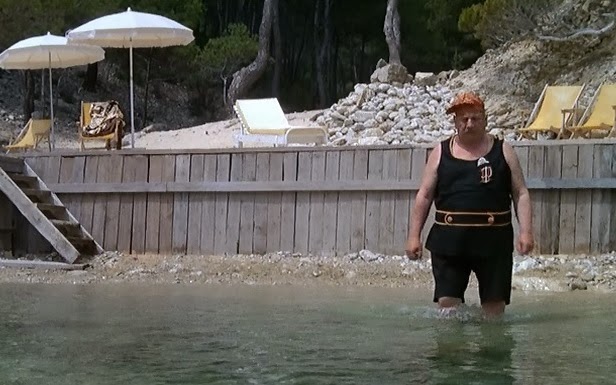




















+-+Colbert+Foran+Ameche+-+Poster.jpg)
+publicity+still.jpg)




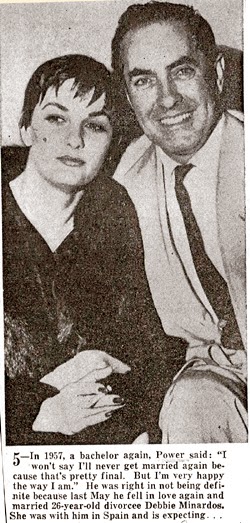

























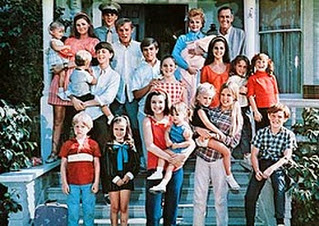
















![1947 Ford Super De Luxe Convertible Club Coupe [79A]](http://www.imcdb.org/i020264.jpg)





